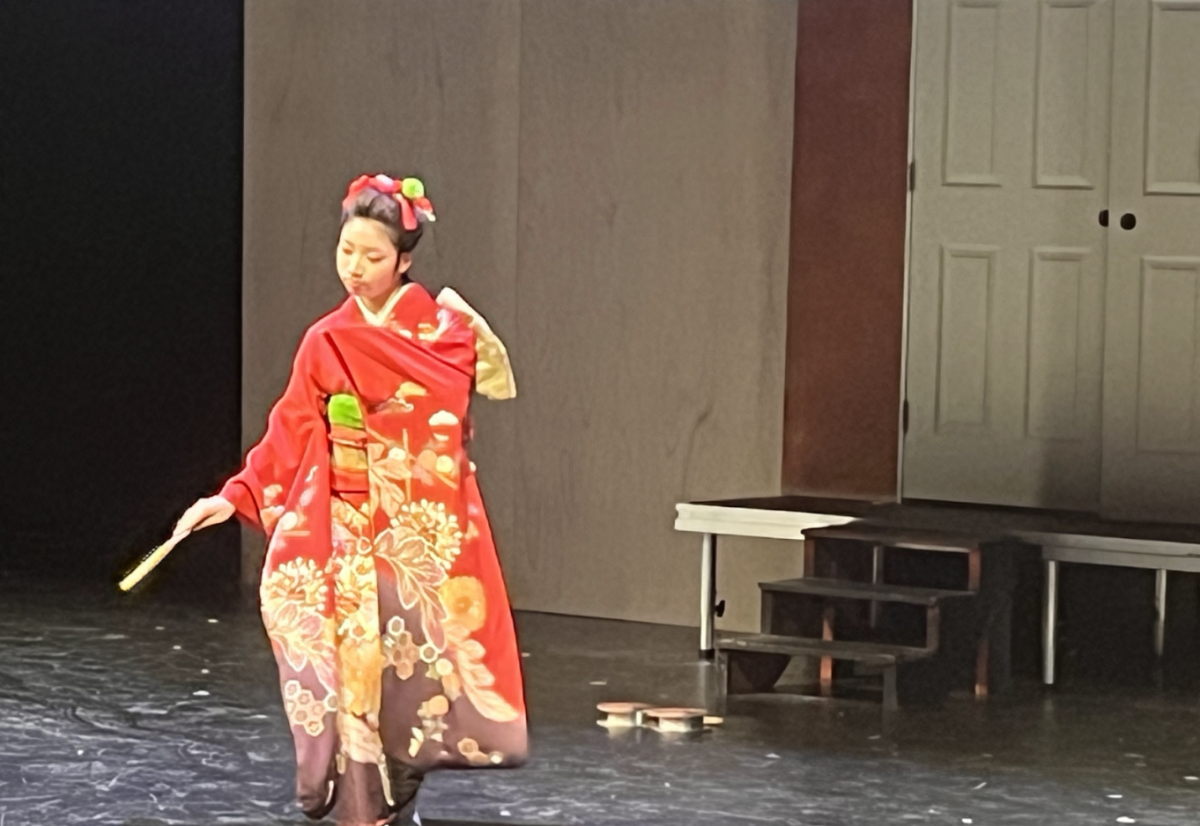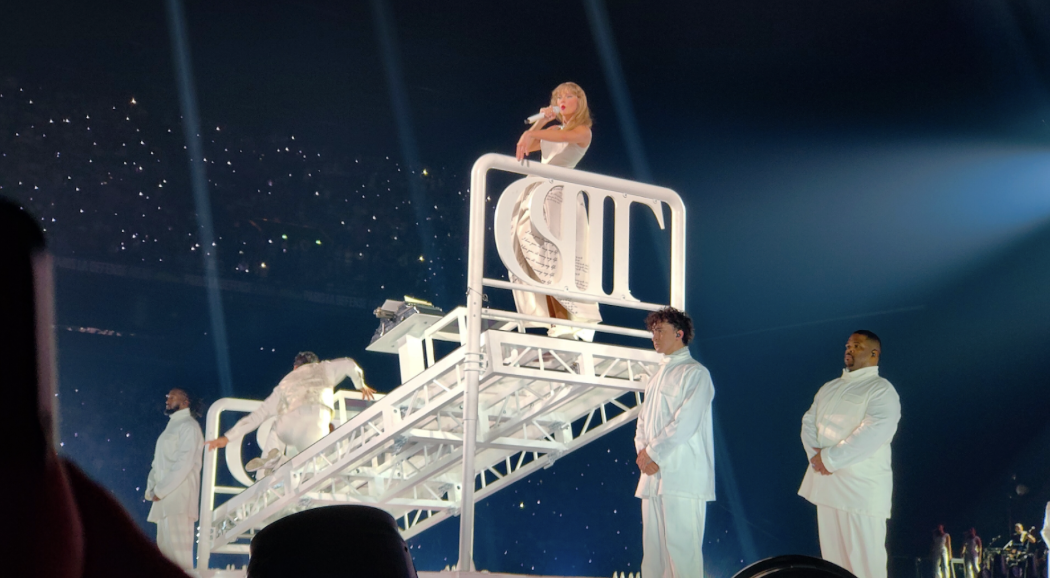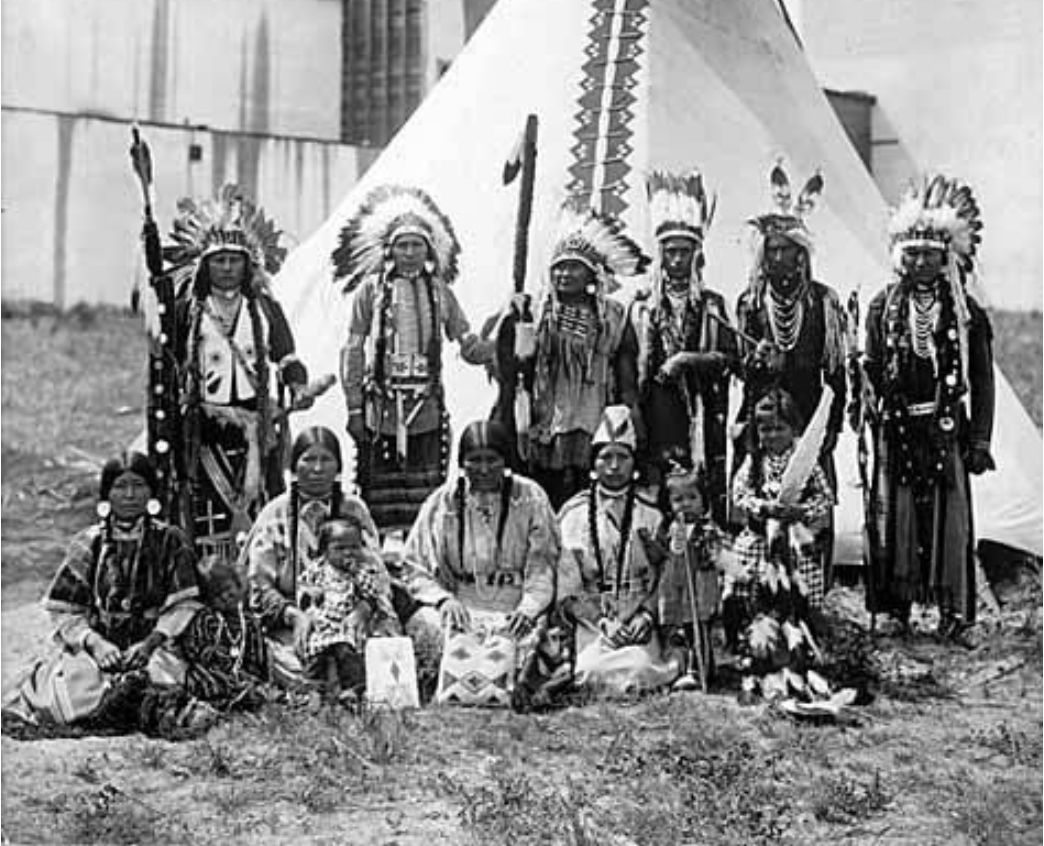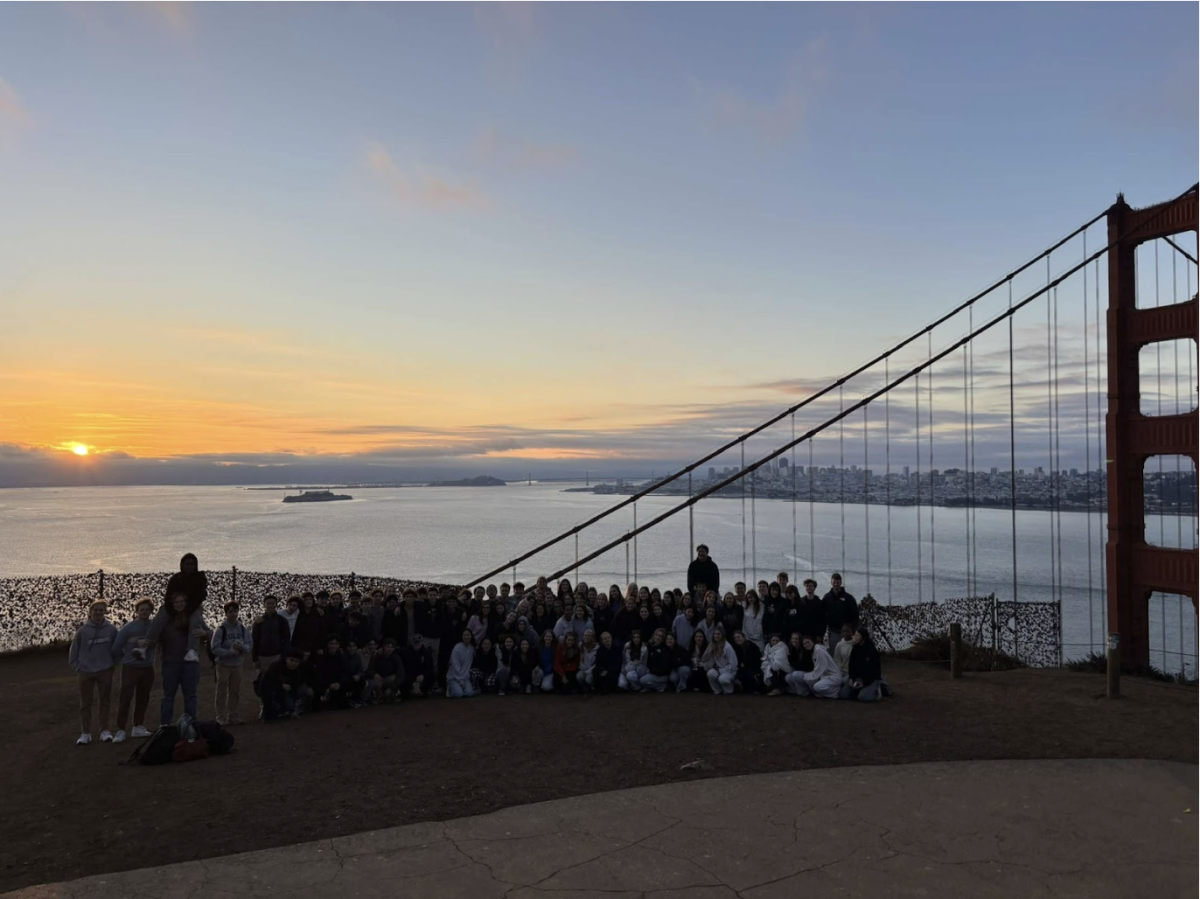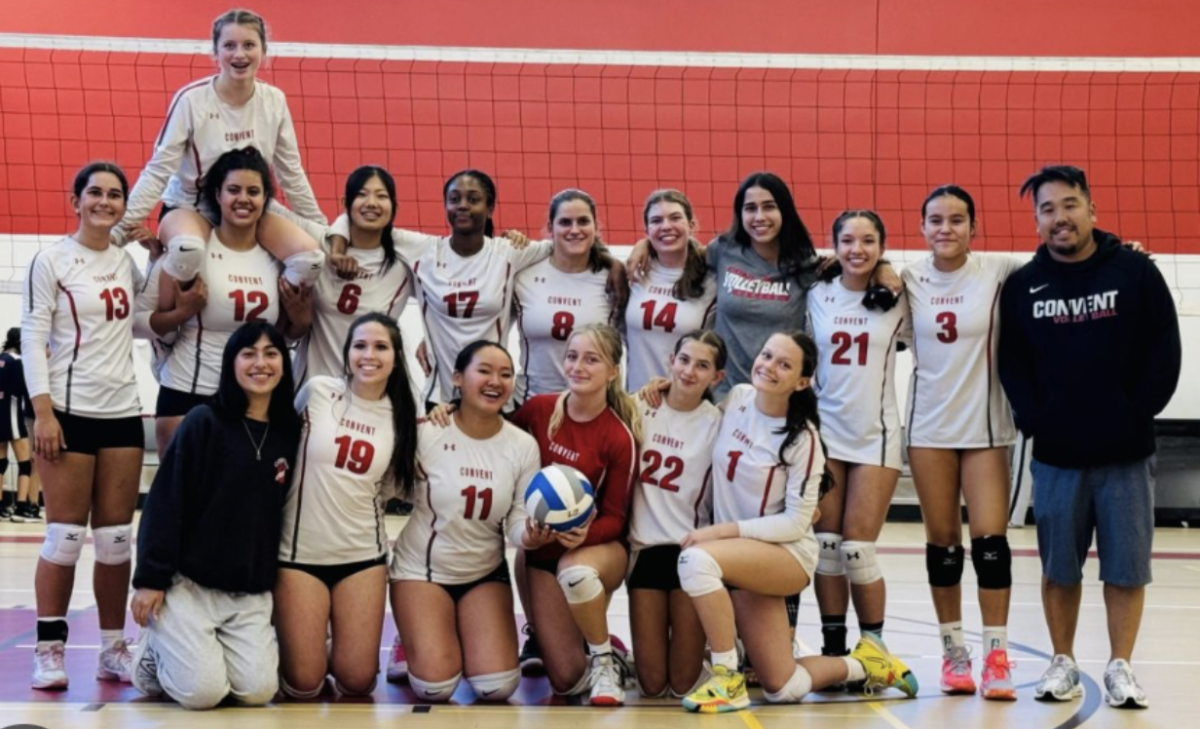This Wednesday, Convent and Stuart Hall had a beautiful traditional Japanese dance performance and learning presentation. This performance was conducted by Haruka Tsuzaki Lau, a student from the international sister school in Tokyo, Japan.
Haruka’s presentation was merely a short introduction to the vast world of Japanese dance. Haruka is a highly revered dancer in the traditional Japanese dance realm of Tokyo and has participated in many professional events. Many students felt very positively about the performance and thoroughly enjoyed the change of pace.
“I loved the change of pace from our typical assemblies and it was an amazing experience for our community,” sophomore Leela Farrell said. “I thought it was very interesting because I had not seen this type of dance before,”
The international student also had an engaging presentation format, which allowed the student body to feel personally involved in the assembly. She showed the student body different dance techniques and props such as fans and bells.
“My friends and I enjoyed the presentation and the performance,” sophomore Claire Woodard said. “I especially liked the format of pop quizzes and then learning more and seeing a visual representation of what we had learned.”
Beyond the performance at Convent and Stuart Hall, Japanese traditional dance has an ancient and rich history. The first Japanese dances date back over one thousand years, when they were performed for purely religious ceremonies and rituals. The ancient Japanese dance eventually evolved into a more theatrical, storytelling version of dance.
“I thought it was very impressive that someone from another country gave an introduction into their art in a language that was not their first language, and then performed this art and proceeded to field questions,” ethics teacher Clint Hackenburg said. “And to top it off, she was willing to perform her dance to a crowd who was entirely unfamiliar with her type of dance.”
Japanese storytelling dance grew in popularity and then became more refined into what is now known as Japanese traditional dance. To this day, Japanese dance is performed and widely produced across domestic and global audiences.
“I hope we get more interactive learning assemblies like this in the future, ” Farrell said. “It was a lot of fun.”



